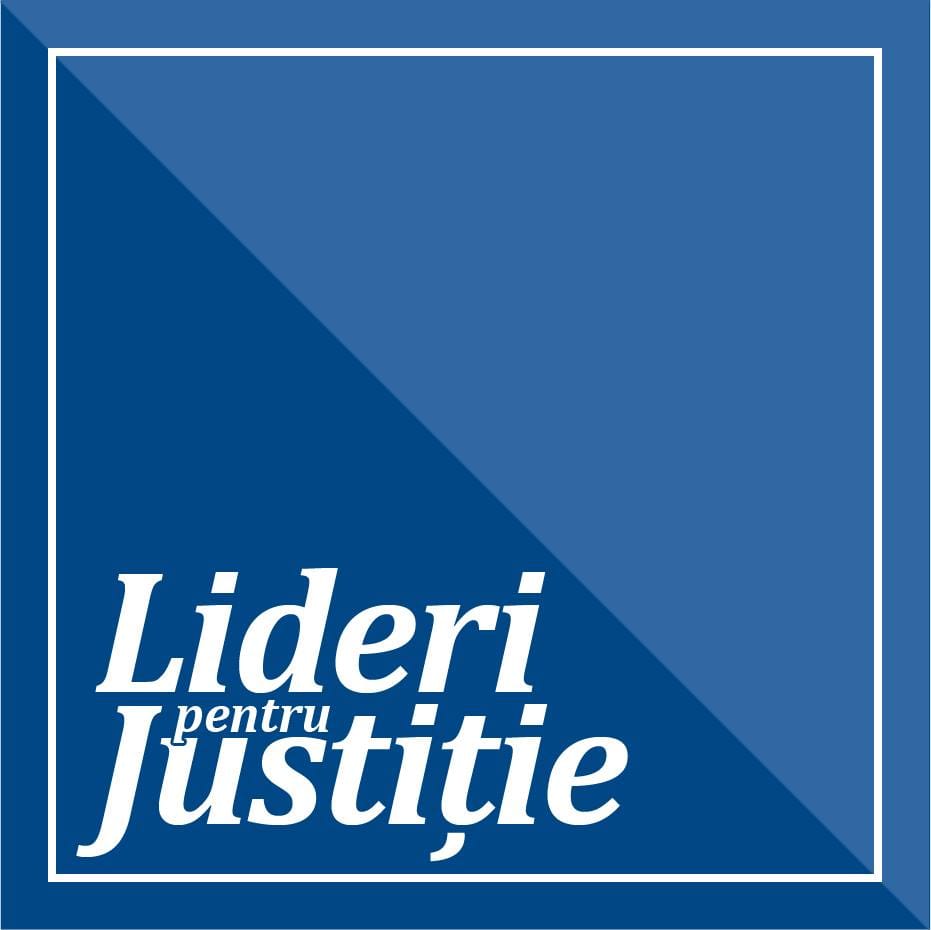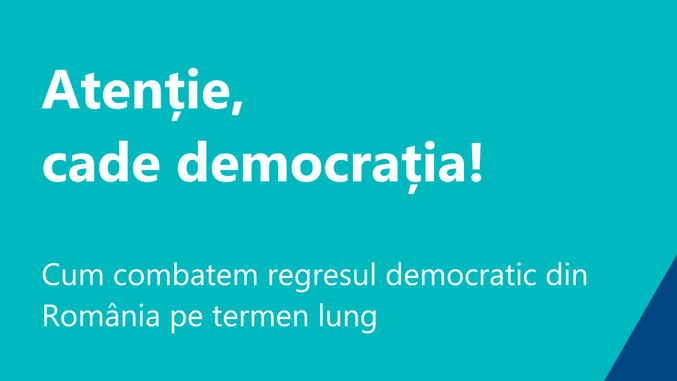All states formerly behind the Iron Curtain can be viewed as new-born states on the political map of the world. During the Cold War, any kind of exchange with a socialist/communist state was, in fact, a deal with the whole Soviet Block [such that identity was unnecessary]. Since the transformation began in 1989, all Eastern European countries undertook a process of [re]defining their own identity, coming up with new constitutions–their new birth certificates [if you may]. Although immature (or, perhaps, precisely because of that), some of the new states tried to [jump ahead of themselves and] issue real IDs–stable and long-lasting constitutions, as Romania and Bulgaria pretend to already have. Others, [such as] Poland or Hungary for instance, [claim to have] issued only temporary constitutions, [simple birth certificates] until the appropriate time [would] come for carrying a real ID.
Whatever the approach, the common aim is [to establish] a really stable society that would be reflected into a [firm] constitution, following the [American ideal]. The US Constitution is [a model] in constitutional law, for its well-balanced structure, for its simplicity, flexibility, and efficacy altogether. Thus, the process of constitution-making very much resembles (and is perhaps becoming) a branch of international law, in the sense that almost all new Constitutions [seem to] look alike. The basis for this similarity is consensus on the objectives of, and the values to be promoted and/or defended by, such document. Additionally, without any explicit coercion from the international system, new-born states incorporate in their Constitutions, alongside their regional (customary) specificities, the paradigms of peace and human rights [developed in the immediate aftermath of World War II, and most visible with the creation of the United Nations, Council of Europe or the European Union].
However, one may ask whether, and to what extent, these new Constitutions across Eastern Europe reflect the domestic processes of democratization and transition to free-market economy. In terms of the aims pursued, no doubt about it–they fully reflect these transformations. In this respect, they also reflect the ‘baptizing’ process that would then give the new-borns full rights in the international society of states. [In contrast], the process of accommodating these really revolutionary documents with the domestic situations is more problematic. For those states with birth certificates only, their temporary Constitutions make room for establishing internal legitimacy, and for assuming responsibilities. For those with a “fake” ID, the new Constitutions seem to be rather inhibiting:
- power should be distributed, but it gets more and more centralized;
- fear of responsibility translates into self-restrictions [in decision-making];
- creativity [in policy-making] narrows down to strict interpretation [of positive law]; and
- previous legislation–the Civil and Criminal Codes–seem closer [to heart] and easier to handle than any of the newly established legal institutions.
The paradox though, transpires from [contrasting] the utility of the [constitution-making] process [with] the analysis of the outcomes. And nobody can yet appraise which of the two approaches is best–[birth certificate vs. “fake” ID]. The turmoil and identity crises, that countries like Romania and Bulgaria have to face, might prove beneficial in the long run, leading to the creation of domestic (cross-cutting, instrumental and inclusive) new identities that would help overcome the current [cleavages]. Just as well, the currently quiet and peaceful Hungary and Poland may accumulate tensions that would unleash during the process of making a final Constitution. [Twelve years later, we know that Hungary and Poland managed to overpass their domestic, political tensions without a need for major constitutional changes, whereas Bulgaria and Romania still struggle–with pretty much the same cleavages–and still ponder over the need to write and enact altogether new Constitutions.]
[S]peculating on the outcomes of the current situation in Eastern Europe cannot provide a substantial prognosis for the region without taking into account factors like economic development, [socialization] processes, foreign investments, transparency in government, etc. And all these features account for the upcoming time when Eastern European states would have valid IDs, recognized all over the world. That time has yet to come, because without a period of frustration with the weakness of government, […] the new-born states will reach no valid and legitimate establishment to be reflected in a stable and long-lasting Constitution. [Given that most Eastern European states are now members of the European Union, their IDs–valid or not–are recognized all over the world. Still, in the upcoming decade, citizens may rather look at the EU Treaties for satisfying their need of a legitimate Constitution that may be able to fix the deficiencies of their own, national, regional or local governments.]
Note: This text dates back to Blagoevgrad, Bulgaria, July 1996, when I was a student at AUBG, writing for ISECAD–the Institute for South-Eastern European Cooperation and Development, now disbanded and referred only in an old issue of the ISPP newsletter–I retrieved the text from my personal archive, as I think it explains my concerns with the Constitutional Court on this blog and in other places…






